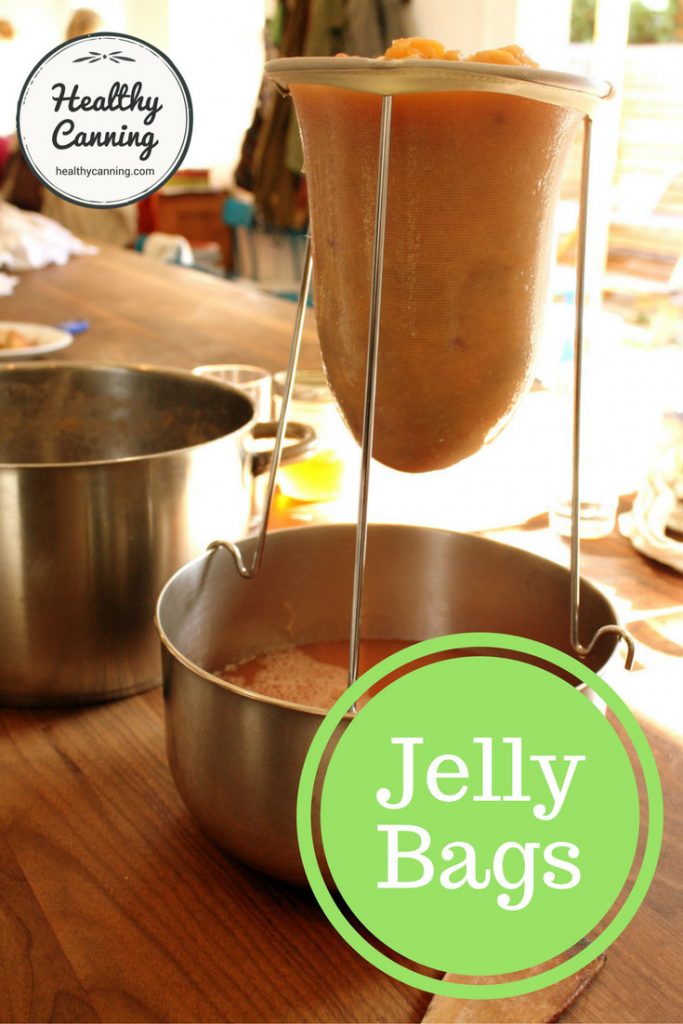I made an infusion of 2 Tbs of Madder root powder in 1.5 cups of olive oil. It was in a hot water bath for 2 hours. The powder in the oil suspension looks deep merlot red, but when the powder settles out, the oil itself is more of a gold color (with some contribution of the slightly green olive oil).
Based on this link, I was expecting the oil to turn red. Or did he use the powder-oil mixture in his recipe? If so, does anyone know if madder root powder in an oil infusion is scratchy in the soap? I was going to use it to get a med-light pink in my first run of Genny’s shampoo (facial) soap, but I don’t want scratchy facial soap.
Has anyone added the madder powder to the lye as suggested by Jo at Modern Soapmaking here? And, if so, did you get pink or red soap? Was it scratchy feeling?
Based on this link, I was expecting the oil to turn red. Or did he use the powder-oil mixture in his recipe? If so, does anyone know if madder root powder in an oil infusion is scratchy in the soap? I was going to use it to get a med-light pink in my first run of Genny’s shampoo (facial) soap, but I don’t want scratchy facial soap.
Has anyone added the madder powder to the lye as suggested by Jo at Modern Soapmaking here? And, if so, did you get pink or red soap? Was it scratchy feeling?










